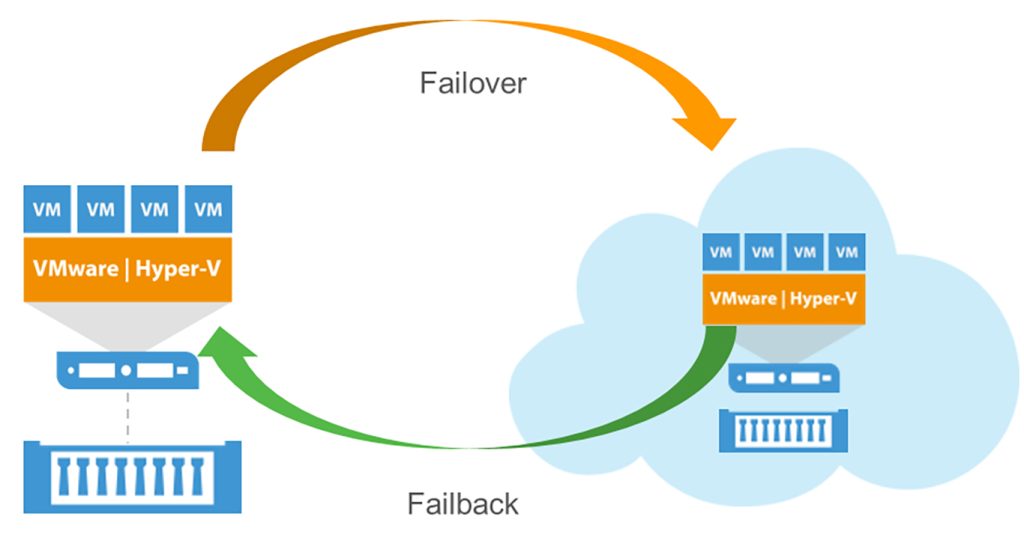In a nutshell, Disaster Recovery is a plan that relies on a set of strategies to restore data losses caused by natural disasters, human error, and other problems that can jeopardize a company's entire work and even its business continuity.
Unfortunately, many companies do not believe that these threats can happen to them and therefore do not bother to invest in a data recovery policy that, in the worst case scenario, can be permanently lost, causing serious financial losses. It is important to note that DR (Disaster Recovery) is not backup as many are used to, but a business continuity plan.
We live in an age where our concern is no longer only natural disasters and power failures. So we have listed below other factors that can cause businesses to suffer.
Cybercrime and Theft
Having a secure infrastructure that protects the IT industry against cyberattacks is not cheap. But this type of expense should not be considered as an expense, but rather as an investment that will prevent further losses in the future.
Equipment failure
The most common problems are system crashes, slowdowns, and program crashes. When these failures occur, activities are interrupted and, as we already know, time is money and the loss of it also damages business.
Human Failure
Even the most qualified professional is not free from making mistakes that can damage devices or corrupt the system. So every business owner needs to be prepared for this eventuality.
Natural disasters
Although it is not commonplace, this kind of mishap can happen. And as we know, it is impossible to control the force of nature, but we can estimate the damage caused by natural disasters.
According to the 2019 Cyber Handbook report from Marsh & McLennan Companies, natural disaster losses accounted for $300 billion in 2017 for businesses around the world.
Solutions
All the points mentioned above can lead to an abrupt halt in business continuity and, therefore, if the company does not have a well-established backup policy to return lost data, this failure can generate a negative image of your business or even bankruptcy.
There are several formats of a recovery plan, however, some points are important in any Disaster Recovery plan.
Get to know the main ones:
- Organize a Data Recovery team;
- Make an analysis of the IT infrastructure;
- Rely on a well-defined communication plan;
- Make sure that the functions are pre-defined;
- Invest in technology by making cloud backups;
- Get specialized Disaster Recovery tools
In a disaster situation, it is important not only to perform a failover of the replica, but there must also be a way back to access the primary infrastructure. Therefore, a failover should not be a one-sided solution. The tool should offer an easy failback option to the primary infrastructure once it is restored, copying only data blocks that were changed while the replica VMs were running in the service provider's data center, as shown in the illustration below.

This methodology can be applied to public clouds or private clouds, and even all three models can be used depending on the scenario designed.
